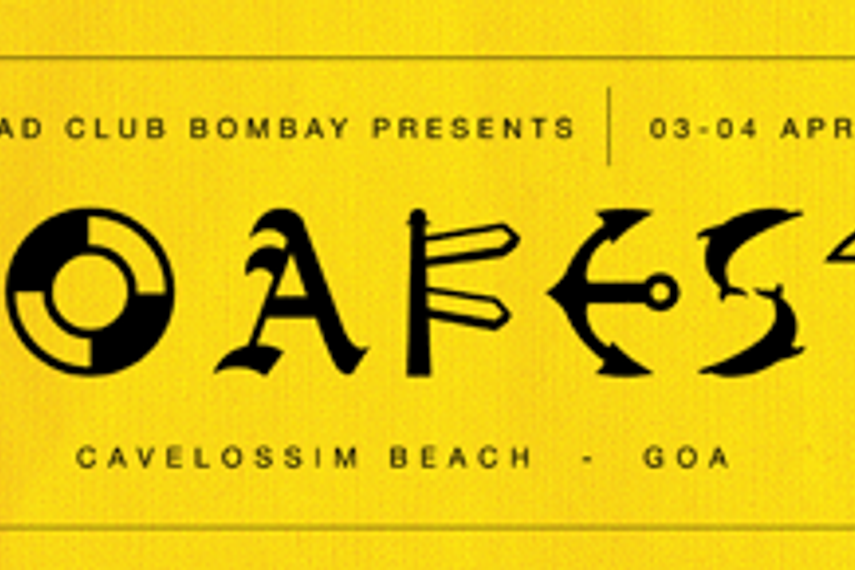
Larger agencies may be mulling over the number of entries and delegates to send to Goafest this year twice over, but a look at the number of entries being sent in from independent creative hot shops reveals that they, at least, aren’t fighting shy of the downturn. Campaign India spoke to a number of independent shops that are sending not only a sizeable amount of entries this year but are also set to send a fair amount of agency staffers from their fold to Goa.
Creativeland Asia’s Sajan Raj Kurup reveals that this year they are sending about 20 entries, across categories like TV, print, direct and outdoor. Although they have not frozen on the number of delegates, yet, they expect that number to be close to ten.
“This is the first time that we are taking part in Goafest. It is good to measure oneself against the industry here and to be recognized for your work locally. Last year, we were not even a year old at Goafest. We were shortlisted at Cannes and at LIA (London International Awards) last year but we think it’s important to win locally,” adds Kurup.
On Ads’ Jignesh Maniar says their agency is sending 4 entries to the festival this year. “We have not frozen on the number of delegates that we will be sending to Goafest, yet. We are being selective in the number of entries that we are sending this year. The purpose of sending delegates would be for the chance to meet people and the learnings possible there. We will take a call closer to the festival to decide on the number of delegates to send.”
Bangalore based agency Happy is also sending around 10 entries this year across 15 categories. Last year, the agency sent three entries and won two Abby metals. “We are sending entries for our work done on brands like Lee, Radio One and Nirvana Films among others. We think this is a fair amount of entries to send. All the work that we are sending is scam-free,” says Happy’s Kartik Iyer.
Digital agency Interactive Avenues is sending ten entries to Goafest this year. This includes work done for clients like Colgate Maxfresh, ICICI Prudential, Travelocity and Sri Lankan Airlines.
Interactive Avenues’ Amar Deep Singh says that for them, entering awards such as the Abbys is not just important for the creative profile of the agency within the industry if the work wins but it also works as a good morale booster internally. “Creative people need that validation that comes with winning creative awards such as the Abbys. We wanted to show the quality of work that we are doing online and our participation this year was a result of that confidence in our ability to deliver good creative online.”





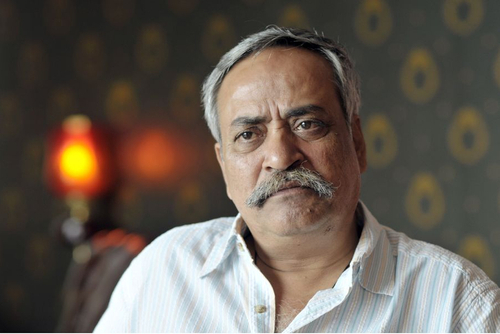

+(1).png&h=334&w=500&q=100&v=20250320&c=1)
.jpg&h=334&w=500&q=100&v=20250320&c=1)


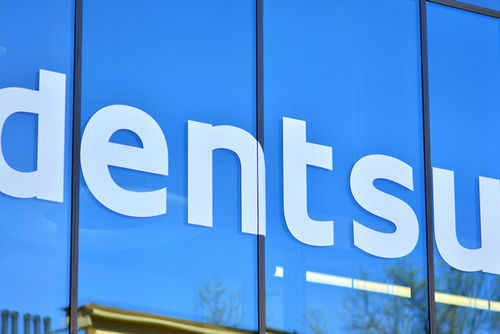
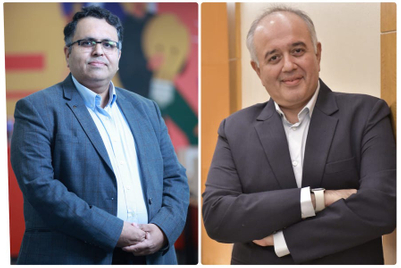
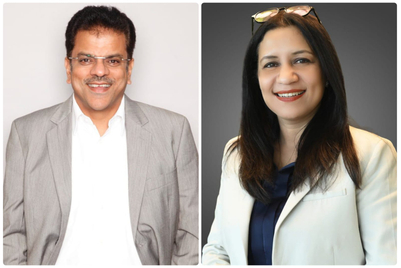

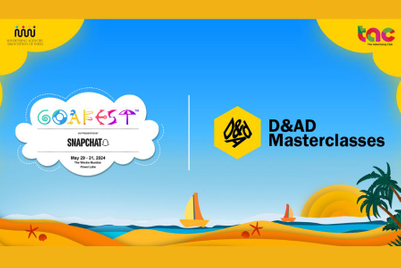


.jpg&h=268&w=401&q=100&v=20250320&c=1)

